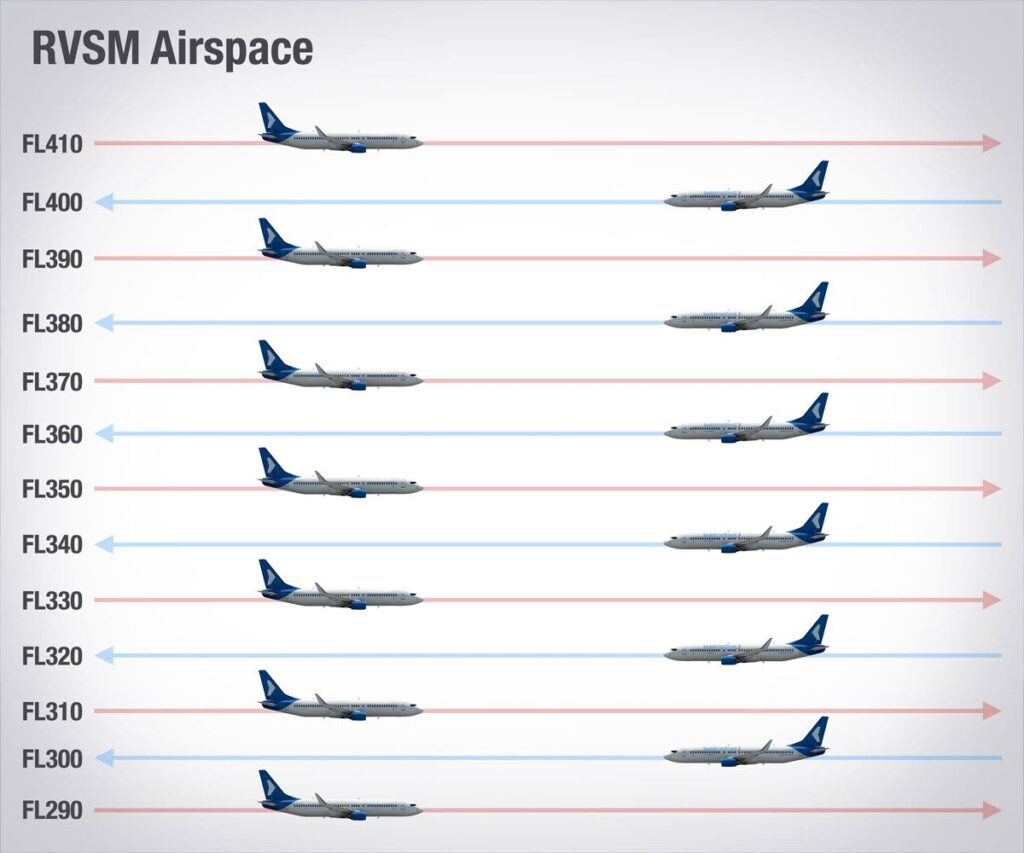Business
Newsday Reporter
22 Hrs Ago
Aircraft typically use radio telephony for communicating with air traffic control (ATC). The information and instructions transmitted are of vital importance for the safe and expeditious operation of aircraft. Incidents and accidents have occurred in which the use of non-standard phraseology was a contributing factor.
Radio transmissions can at times be distorted or garbled, due to sun spot activity or radio interference, causing communication to be misunderstood.
ICAO developed and promoted a suite of standard phraseologies for efficient, clear, concise and unambiguous communication. This ensures that correct and precise standardised terms are used at all times for ease of understanding. The phraseology suite is based on the English language, the official language of international aviation. All licensed pilots and air traffic controllers must meet minimum standards for English language proficiency.
As aircraft fly around the globe, ATC will assign altitudes known as flight levels (FL) for the safe vertical separation of aircraft. Flight levels are quoted in hundreds of feet. FL100 refers to an altitude of 10,000 feet. Separation between levels are in increments of 1,000 feet below FL290 and 2,000 feet above. Separation of 1,000 feet is permitted above FL290 when certain conditions are satisfied. These conditions are collectively known as reduced vertical separation minima (RVSM).
The higher a jet aircraft flies the less fuel it burns due to the decreased density of the air. Pilots seek to operate aircraft at the optimum altitude during the cruise phase of flight for maximum fuel efficiency. An aircraft cannot change its assigned altitude without prior approval of ATC except due to onboard emergencies or when taking evasive action to avoid danger.

When a pilot flying at FL370 wants to fly at FL390, clearance will be sought from ATC using the ATC station name and the aircraft call sign in the phraseology, “Request clearance to climb to flight level tree niner zero.” The word “climb” is used rather than “ascend” as it is phonetically similar to the word “descend.” Likewise, if the pilot desires to fly at a lower altitude ATC clearance will be sought to “…descend to flight level tree seven zero.” ICAO phraseology aims at avoiding similar sounding words, as far as possible.
Read-back requirements were introduced to promote safety. The stringency of the read-back requirement is directly related to the seriousness of misunderstanding an instruction or acceptance of ATC clearances by a specific flight. Strict adherence to read-back procedures ensures that the clearance was received correctly by the particular flight.
An ATC’s clearance for an altitude change as above must read back by the pilot to ATC using the exact words. If an aircraft read-back is incorrect, the controller transmits the words “negative I say again” followed by the correct version. The pilot once more has to read back the message. If the read back is congruent with the ATC instruction, ATC will respond “(aircraft call sign) readback correct.”
When the aircraft registration is used as the call sign, each letter in the call sign is spoken separately using the phonetic alphabet spelling. This alphabet assigns determined words to say each character of the Roman alphabet. An aircraft with a call sign 9Y-TFS would be pronounced “Niner Yankee Tango Foxtrot Sierra.”
“Niner” is used primarily because during a radio transmission, nine sounds very similar to “nein” which is the German word for “no.”
The decimal point is expressed as “dey-cimal.” An instruction by the Piarco Area Control Centre to an aircraft to contact the Piarco control tower on radio frequency 118.1MHz would be transmitted: “Contact Piarco tower on one one eight dey-cimal one.”
The term “May-Day” is the international distress call and entered the aviation vocabulary in 1923 to indicate that an aircraft has an emergency and an imminent landing is likely. At that time there were many aircraft flying between England and France and pilots wanted to find a suitable distress term that everyone would understand.
While the acronym SOS. was suitable for radio communication by ships using Morse code, it was not practical for aircraft radio telephony. SOS was replaced by May-Day, the phonetic equivalent of “m’aidez”, French for “help me.” May-Day quickly became widely accepted by the international shipping and aviation community as the new distress signal.

Another urgency signal used by ships and aircraft is “Pan-Pan” derived from the French word “panne” meaning a mechanical breakdown. To declare Pan-Pan correctly, the pilot repeats it three times: “Pan-Pan, Pan-Pan, Pan-Pan.”
On December 10, 2020, UPS Airlines Flight 249 from Dublin to Cologne issued a Pan-Pan call when the Boeing 767’s right engine failed shortly after takeoff. The crew was able to return immediately and safely to Dublin.
A major problem with radio telephony is that a single frequency is used for all aircraft flying in the same airspace sector. This increases the chances of one transmission accidentally overriding another, requiring it to be repeated.
Radio telephony is being augmented by a technological advanced communications systems such as controller pilot data link communications. This method, used in several parts of the world, permit air traffic controllers to communicate with pilots using preset textual message exchange rather than radio telephony.
(function(d, s, id) {
var js, fjs = d.getElementsByTagName(s)[0];
if (d.getElementById(id)) return;
js = d.createElement(s); js.id = id;
js.src=”https://connect.facebook.net/en_US/sdk.js#xfbml=1&version=v3.2&appId=136282246989460&autoLogAppEvents=1″;
fjs.parentNode.insertBefore(js, fjs);
}(document, ‘script’, ‘facebook-jssdk’));
Source link
